Inside The 2024 Porsche Macan EV: Android Automotive And CarPlay Under The Same Roof
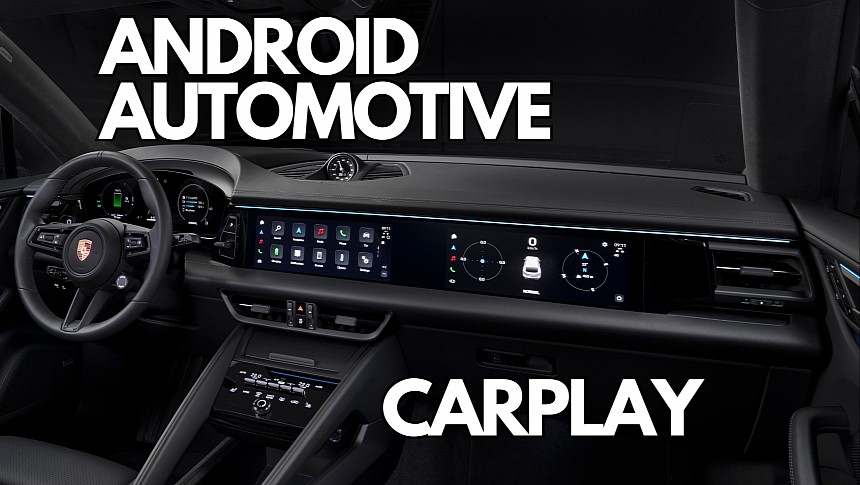
Photo: Bogdan Popa/Autoevolution/Porsche
General Motors shocked the world in 2023 when it decided to ban Android Auto and CarPlay from future electric cars. The American automaker switched to Android Automotive and decided to block Android Auto and CarPlay, despite the technological means to offer a harmonious operating system, phone mirroring software.
This decision was widely criticized by former, current and potential customers. Rival automakers quickly denied any plans to follow GM's lead and confirmed that Android Auto and CarPlay will remain in their vehicles. Not so long ago, Polestar's CEO explained that automakers shouldn't try to "educate customers into dogma." He emphasized the need to give consumers choice.
Porsche does it too. And the debut of the 2024 Macan EV is clear proof.
First, the main thing.
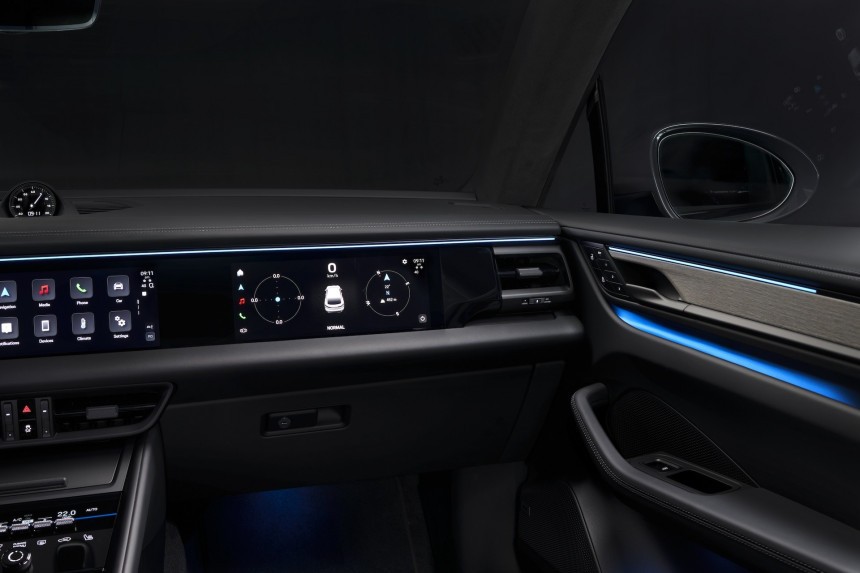
Image: Porsche
Google Assistant offers more advanced voice control, including built-in car features such as heated seats and climate control.
Android Automotive is fully integrated into the Porsche Communication (PCM) system, and the German automaker is taking full advantage of the capabilities associated with the operating system to preserve its brand identity. The digital assistant can be activated with the voice command "Hey Porsche". Android Automotive says "Hey Google" by default.
Porsche is trying to improve the infotainment capabilities of the 2024 Macan EV with a wider screen. Cars are equipped with up to three screens depending on configuration.
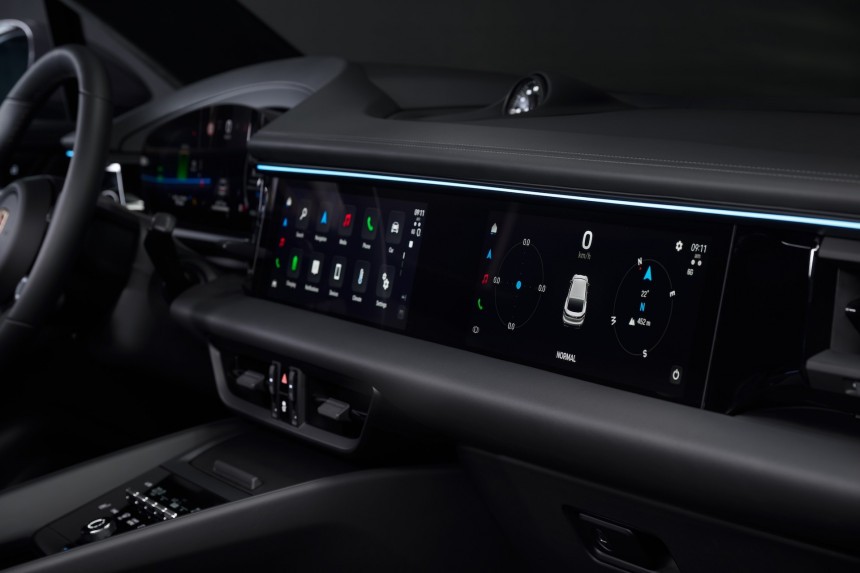
Image: Porsche
The central display uses a 10.9-inch panel and is the world's primary interface to Android automotive, allowing the driver to interact with apps like Google Maps, Waze and Spotify. Android Automotive also has a Google Play Store that allows drivers to download and install more apps.
Earlier this month, Google announced that Google Chrome, the world's number one browser for mobile and desktop, is going the way of Android Automotive. Chrome is currently in beta for Volvo and Polestar cars running Android Automotive and will roll out to other models later this year, including Ford models running the same OS. The Porsche Macan will also get an app in late 2024 that will allow drivers to browse the web on the 10.9-inch screen.
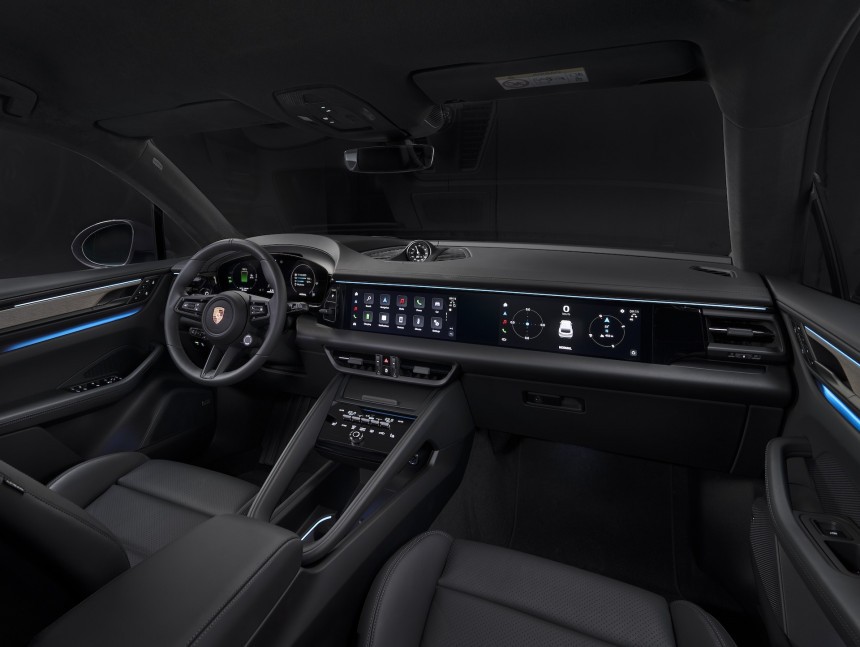
Image: Porsche
Porsche insists it has no plans to ditch CarPlay, and Apple's Phone Display system is already firmly built into the new Macan.
CarPlay will still be offered with several standard features, but thanks to the integration of the My Porsche app, the German automaker will also offer more advanced CarPlay user interface features, such as access to vehicle functions such as air conditioning. This means drivers don't have to leave the CarPlay user interface to change the cabin temperature.
Porsche previously demonstrated this capability in the Cayenne, and the same experience will be available in the new Macan. While CarPlay users rely on Apple Maps for navigation, turn-by-turn directions can also be displayed on the dashboard right in front of the driver's eyes. This feature is currently exclusive to Apple Maps (via CarPlay), but similar features are available for Google Maps thanks to Android Automotive.
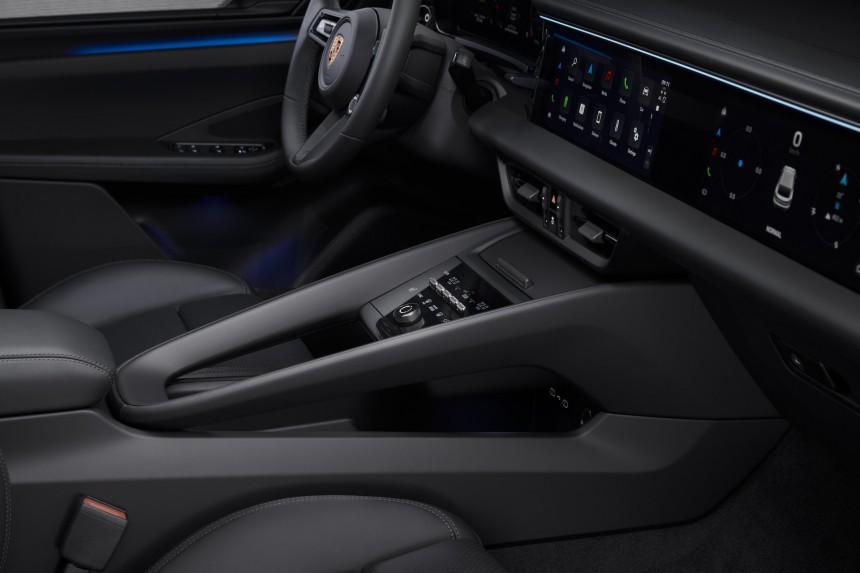
Photo: Porsche
Announced by Apple at WWDC in 2022, CarPlay 2.0 will come to select Porsche and Aston Martin models this year. It will offer similar features to Android Automotive with deep integration with vehicles to access additional features. The new CarPlay dashboard will support multiple dashboard displays.
Porsche has confirmed that it will bring CarPlay 2.0 to its cars, but has not revealed any other details. I expect more information, which models will support the new CarPlay experience, to be released later this year.
Porsche confirmed Android Automotive adoption last year, explaining that it wanted to give customers access to their favorite ecosystem. The announcement ends Google's software exclusivity bid, opening the door to a new generation of CarPlay.
Porsche hasn't confirmed whether it plans to offer CarPlay 2.0 as an alternative to Android Automotive, essentially giving customers a choice of operating system that delivers the driving experience.

